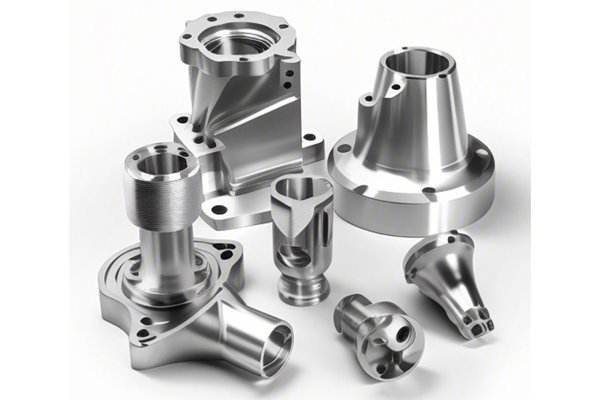Did you know that corrosion costs the U.S. economy around $276 billion annually? This staggering amount highlights the significance of preventing rust and corrosion in various industries, including manufacturing, aerospace, and automotive. As companies focus on increasing efficiency and reducing waste, CNC machining plays a pivotal role. However, without proper anti-rust treatments, the risk of corrosion can undermine your manufacturing processes and the longevity of your products.
In this blog, we will dive deep into how to evaluate the durability and effectiveness of CNC anti-rust treatments. This exploration will not only provide you with essential insights but also practical solutions that can help you make informed decisions for your operations. Let’s embark on this journey to uncover the best practices for assessing anti-rust treatments in CNC machining.
What is CNC Machining?
Before we get into evaluating anti-rust treatments, it’s essential to understand what CNC (Computer Numerical Control) machining is. CNC machining involves the automated process of using software to control machine tools. This method allows for the precise cutting, shaping, and manufacturing of materials, such as metals, plastics, and composites.
Importance of Anti-Rust Treatments
Rust can significantly affect both the aesthetic and functional quality of CNC-machined parts. Essentially, anti-rust treatments are vital for ensuring the durability and longevity of components. The presence of rust can lead to failure in parts, interrupt production, and ultimately result in significant financial losses. Proper anti-rust treatments ensure that materials maintain their integrity in various environments, making them reliable and safe for use.
Common Anti-Rust Treatments in CNC Machining
Evaluating the Durability and Effectiveness of Anti-Rust Treatments
Visual inspections play a crucial role in evaluating the effectiveness of anti-rust treatments. After applying an anti-corrosion technique, conduct an initial inspection to look for any visible rust or corrosion. However, this method is not foolproof because some corrosion types, such as pitting, might not be immediately visible.
One of the most common methods for evaluating the effectiveness of anti-rust treatments is salt spray testing (ASTM B117). In this accelerated corrosion test, parts are exposed to a saline environment, mimicking harsh corrosive conditions. This test helps determine how long a treated surface can withstand corrosive environments before showing signs of rust.
For advanced analysis, cyclic corrosion testing (ASTM G85) is also an option. This method simulates real-world environmental conditions by alternating between humidity, salt spray, and drying phases. This mode of testing assesses how treatments perform under different corrosive scenarios, making it a more comprehensive evaluation method than salt spray testing alone.

In situations where coatings are applied—such as powder or chromate coatings—adhesion tests are essential for assessing durability. There are various methods to evaluate adhesion, including:
For specific applications, it might be crucial to subject components to real-world conditions. Testing parts in their intended operational environments can provide insights into how effective the anti-rust treatments are. This can include exposure to seawater, industrial atmospheres, or high humidity.
The reliability of anti-rust treatments can often be gauged from manufacturers’ specifications and guidelines. Following established industry standards allows for standardized results. Review technical documentation from treatment providers, ensuring they comply with relevant regulations, codes, and certifications.
Assessing the long-term performance of treated components in the field can provide insights not captured in controlled testing environments. Monitoring the performance of parts after implementation helps in identifying real-world effectiveness and maintenance needs.
Best Practices for Effective Anti-Rust Treatments
Evaluating the durability and effectiveness of CNC anti-rust treatments is paramount for any machining operation. By systematically inspecting, testing, and documenting the performance of these treatments, you can ensure the longevity and reliability of your CNC machined parts.
The importance of this blog cannot be overstated; understanding anti-rust treatments is critical for anyone involved in manufacturing or engineering. Being proactive in your approach to rust prevention will not only protect your investments but also enhance product quality, safety, and sustainability.
As corrosion continues to be a significant challenge, now is the best time to consider enhancing your anti-rust treatment processes. Whether it’s engaging in advanced testing, adhering to best practices, or monitoring field performance, remember that investing in quality anti-rust solutions today will yield dividends in durability and performance tomorrow. So, ask yourself: Are your CNC machined parts as well protected as they should be?






